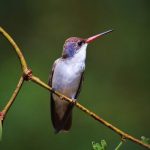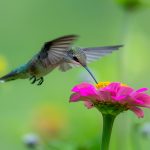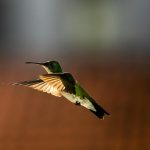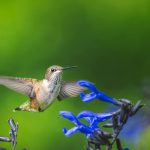When it comes to attracting hummingbirds to your garden, succulents can be a wonderful addition. While hummingbirds are often associated with nectar-producing flowers, they are also attracted to certain types of succulents. In this article, we will explore six succulents that can attract hummingbirds to your outdoor space:
1. Aloe (Aloe spp.)
Aloe plants are known for their fleshy leaves and striking, tubular-shaped flowers. Here’s why they are attractive to hummingbirds:
- Tubular Flowers: Aloe plants produce vibrant, tubular flowers that are perfectly shaped for hummingbirds to access the nectar.
- Abundant Nectar: Aloe flowers produce a generous amount of nectar, which can entice hummingbirds to visit your garden.
- Year-Round Blooms: Depending on the species, aloe plants can bloom at various times throughout the year, providing a consistent nectar source for hummingbirds.
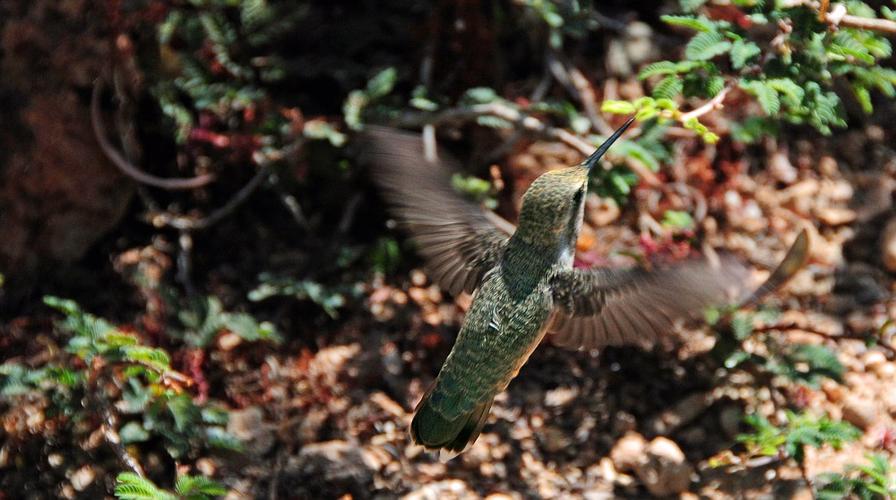
2. Agave (Agave spp.)
Agave plants are known for their rosette-shaped leaves and dramatic, tall flower stalks. Here’s why they can attract hummingbirds:
- Vertical Flower Stalks: Agave plants send up tall flower stalks that bear numerous tiny flowers, which can catch the attention of hummingbirds.
- Abundance of Blooms: Agave flowers often bloom in clusters, producing a profusion of nectar-rich blooms that can lure hummingbirds.
- Long-Lasting Blooms: Agave flowers can remain in bloom for several weeks, extending the availability of nectar for hummingbirds to enjoy.
3. Echeveria (Echeveria spp.)
Echeverias are popular succulents with rosette-shaped, fleshy leaves in a variety of colors. Here’s why they can attract hummingbirds:
- Clustered Flowers: Echeveria plants often produce clusters of small, bell-shaped flowers that are appealing to hummingbirds.
- Brightly Colored Blooms: The vibrant colors of Echeveria flowers, such as reds, oranges, and pinks, can catch the attention of hummingbirds.
- Extended Bloom Time: Echeveria flowers can have a relatively long bloom time, providing a continuous nectar source for hummingbirds.
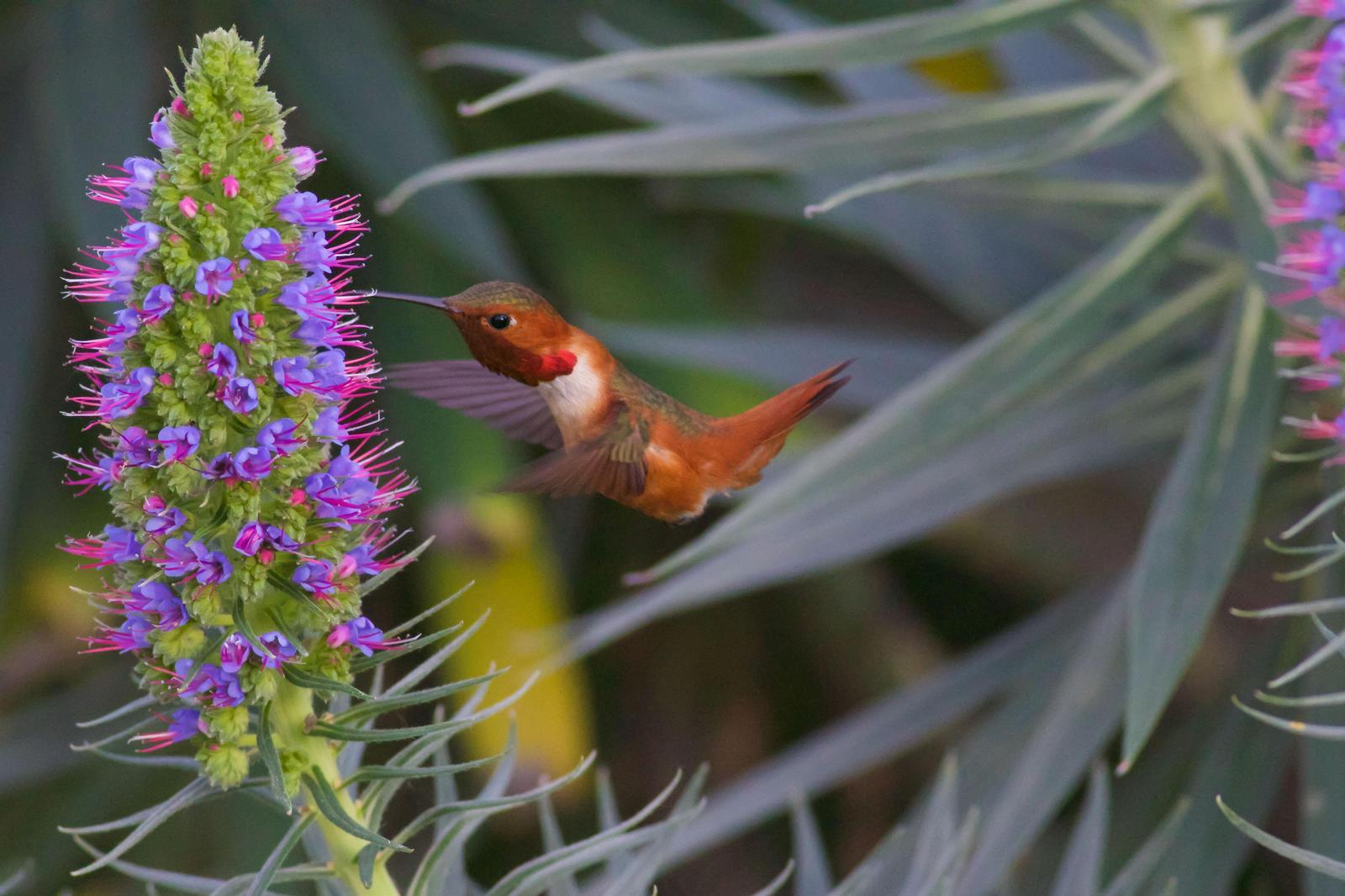
4. Sedum (Sedum spp.)
Sedums, also known as stonecrops, are versatile succulents with fleshy leaves and clusters of tiny flowers. Here’s why they can attract hummingbirds:
- Compact Clusters: Sedum plants produce dense clusters of small flowers that create a visually appealing target for hummingbirds.
- Rich Nectar: Sedum flowers contain a good amount of nectar, making them enticing to hummingbirds seeking a quick energy boost.
- Hardy and Drought-Tolerant: Sedums are often low-maintenance and can thrive in various climates, providing a reliable nectar source for hummingbirds.
5. Kalanchoe (Kalanchoe spp.)
Kalanchoe plants are succulents with thick leaves and vibrant, long-lasting flowers. Here’s why they can attract hummingbirds:
- Colorful Flower Clusters: Kalanchoe plants produce clusters of small, brightly colored flowers that can catch the attention of hummingbirds.
- Long Bloom Period: Kalanchoe flowers can remain in bloom for several weeks, providing a consistent nectar source for hummingbirds.
- Attractive Shape and Foliage: The unique shape and texture of Kalanchoe plants can also make them appealing to hummingbirds as they seek out potential food sources.
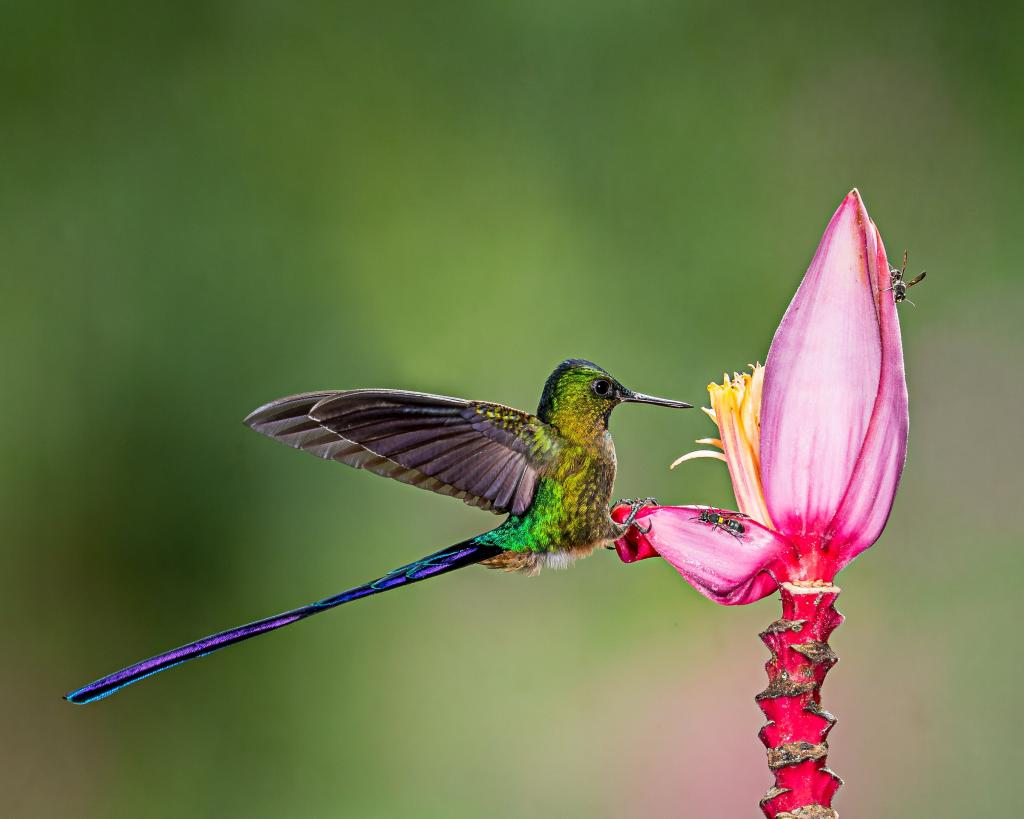
6. Hens and Chicks (Sempervivum spp.)
Hens and Chicks, also known as Sempervivum, are small succulents that form rosette-shaped clusters. Here’s why they can attract hummingbirds:
- Abundance of Blooms: Hens and Chicks produce numerous small, star-shaped flowers that can provide a valuable nectar source for hummingbirds.
- Low-Growing Habit: The low-growing nature of Hens and Chicks makes their flowers easily accessible to hummingbirds.
- Drought-Tolerant: Hens and Chicks are highly resilient succulents that can thrive in dry conditions, making them a reliable source of nectar for hummingbirds even in arid regions.
By incorporating these succulents into your garden, you can create an inviting habitat for hummingbirds. Remember to provide a variety of flowering plants to ensure a continuous nectar supply throughout the hummingbirds’ feeding season. Enjoy the beauty and excitement of watching these remarkable birds visit your garden!

